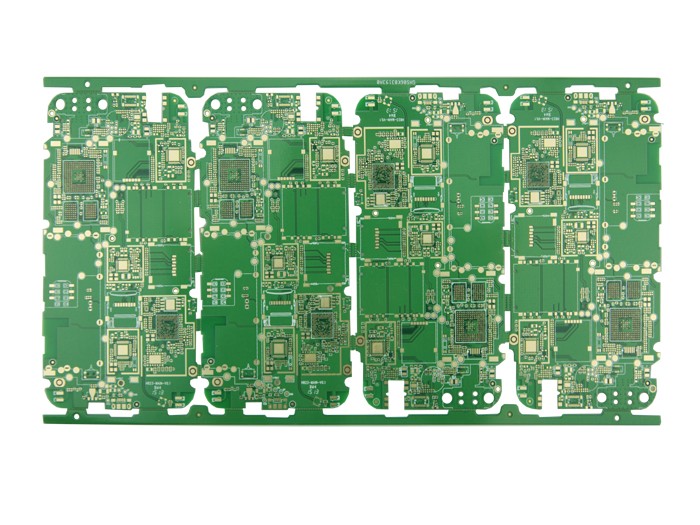In fact, FPC is not only a flexible circuit board, but it is also an important design method of integrated circuit structure. This structure can be combined with other electronic product designs to build a variety of different applications. Therefore, from this point on Look, FPC and hard board are very different. For hard boards, unless the circuit is made into a three-dimensional form by means of potting glue, the circuit board is generally flat. Therefore, to make full use of the three-dimensional space, FPC is a good solution. In terms of hard boards, the current common space extension solution is to use slots to add interface cards, but the FPC can be made with a similar structure as long as the adapter design is used, and the directional design is also more flexible. Using one piece of connection FPC, two pieces of hard boards can be connected to form a set of parallel circuit systems, and it can also be turned into any angle to adapt to different product shape designs.

FPC can of course use terminal connection for line connection, but it is also possible to use soft and hard boards to avoid these connection mechanisms. A single FPC can use layout to configure many hard boards and connect them. This approach eliminates connectors and terminals, which can improve signal quality and product reliability.
FPC can make thin circuit boards because of the material characteristics, and thinning is one of the important demands of the current electronics industry. Because FPC is made of thin film materials for circuit production, it is also an important material for thin design in the future electronic industry. Since the heat transfer of plastic materials is very poor, the thinner the plastic substrate is, the more favorable it is for heat dissipation. Generally, the difference between the thickness of the FPC and the rigid board is more than tens of times, so the heat dissipation rate is also tens of times the difference. FPC has such characteristics, so many of these high-wattage parts FPC assembly products will be attached with metal plates to improve the heat dissipation effect. For FPC, one of the important features is that when the solder joints are close and the thermal stress is large, the stress damage between the joints can be reduced due to the elastic characteristics of the FPC. This kind of advantage can absorb the thermal stress especially for some surface mount, this kind of problem will be reduced a lot.